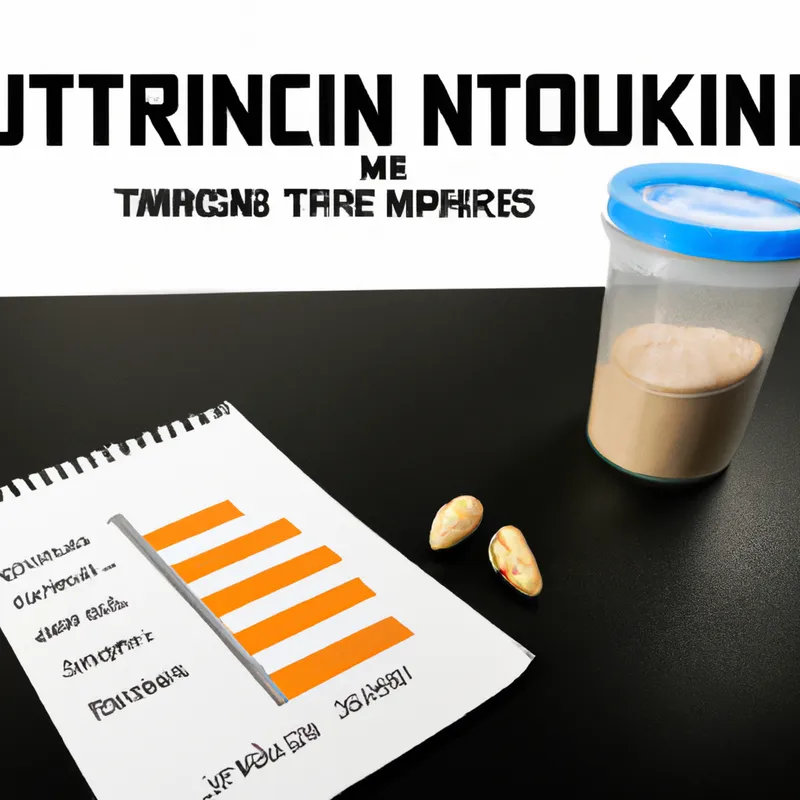Mastering Your Intra-Workout Nutrition Journey
The Importance of Tracking Progress in Intra-Workout Nutrition Efforts
Intra-workout nutrition optimizes athletic performance. Athletes often plan their pre- and post-workout meals but neglect their during-workout intake. This oversight can hinder progress. Tracking intra-workout nutrition helps you understand its impact on performance. It also allows you to tailor your nutrition strategy to meet your needs. This blog post explores the importance of monitoring intake, its benefits, and practical tracking tips.
Understanding Intra-Workout Nutrition
Intra-workout nutrition includes food and beverages consumed during exercise. This nutrition provides energy, maintains hydration, and supports muscle recovery. Proper nutrition during workouts sustains endurance, reduces fatigue, and improves overall performance.
During high-intensity or prolonged workouts, your body requires continuous energy. Carbohydrates serve as the preferred fuel source. Proteins aid muscle recovery and repair, while electrolytes maintain hydration and prevent cramping. A well-rounded intra-workout nutrition strategy significantly enhances performance and recovery.
Why Track Intra-Workout Nutrition?
Tracking intra-workout nutrition helps assess what works best for your body. This process provides insights into energy levels and performance. Monitoring intake allows you to identify patterns and make necessary adjustments. Here are several reasons tracking is essential:
1. **Personalization**: Each athlete’s body responds differently to nutrients. Tracking your intake helps you determine which combinations of carbohydrates, proteins, and electrolytes deliver the best results.
2. **Performance Analysis**: Keeping a performance record alongside your nutrition allows you to connect the dots. Identify which foods or drinks correlate with improved endurance, strength, or recovery. Refine your nutrition strategy accordingly.
3. **Identifying Deficiencies**: Monitoring intake helps spot nutritional deficiencies. If energy levels consistently drop, you may need more carbohydrates or electrolytes.
What to Track
To effectively monitor intra-workout nutrition, track the following elements:
1. **Types of Nutrients**: Focus on the macronutrients consumed. Carbohydrates provide immediate energy, while proteins support recovery. Electrolytes, such as sodium, potassium, and magnesium, help maintain hydration and prevent cramping.
2. **Timing of Intake**: Note when you consume specific nutrients during your workout. This practice helps you understand how timing affects energy levels and performance.
3. **Overall Performance**: Record how you feel during each workout, including energy levels, focus, and overall performance. This data connects nutrition choices to performance outcomes.
Conclusion
Tracking your intra-workout nutrition significantly impacts your performance and recovery. Tailor your strategy to optimize results.
Below are related products based on this post:
FAQ
What is intra-workout nutrition and why is it important?
Intra-workout nutrition refers to the food and beverages consumed during exercise, providing essential energy, maintaining hydration, and supporting muscle recovery. It is important because proper nutrition during workouts sustains endurance, reduces fatigue, and improves overall performance.
How can tracking intra-workout nutrition improve my performance?
Tracking intra-workout nutrition allows you to personalize your intake based on what works best for your body. It helps you analyze performance data alongside your nutrition choices, identifying patterns that correlate with improved endurance, strength, or recovery, enabling you to refine your nutrition strategy.
What specific elements should I track in my intra-workout nutrition?
You should track the types of nutrients consumed, the timing of intake during your workout, and your overall performance, including energy levels and focus. This comprehensive monitoring helps you understand how your nutrition choices impact your workout outcomes.















Post Comment